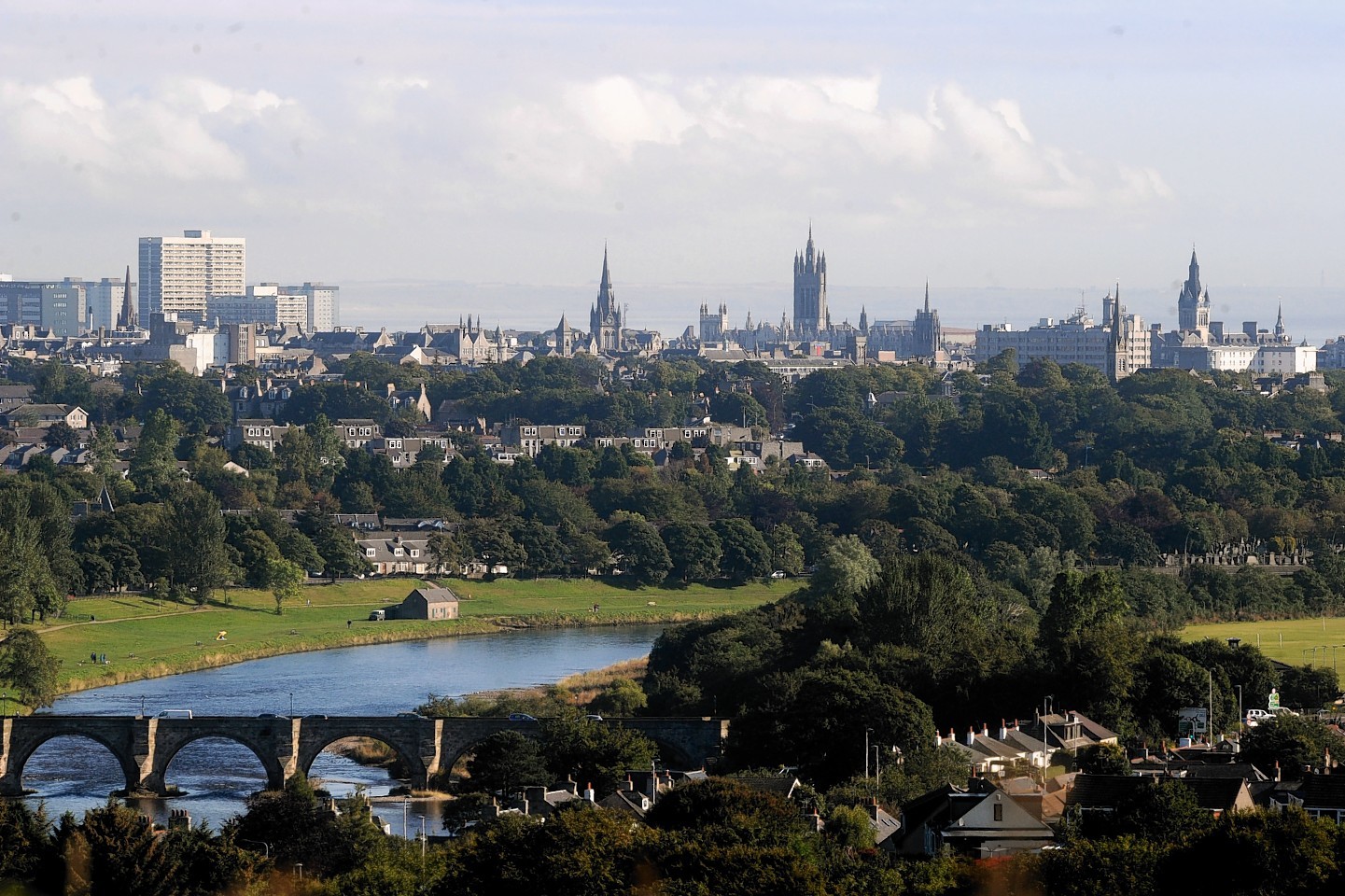A ripple effect from the deflated oil and gas market is starting to hit other sectors of the north-east economy, a leading accountancy firm said yesterday.
Grant Thornton said the tumbling oil prices of recent months were having an obvious impact on Aberdeen.
But it seems it is not just the energy industry, which employs around 40,000 people in and around the city, that is hurting.
Grant Thornton said the oil and gas slowdown was now affecting a property and construction market which has for years been insulated from conditions elsewhere as Aberdeen’s micro-economic bubble continued to flourish.
Lorraine Macphail, head of property and construction in Scotland for Grant Thornton, which operates worldwide, added: “The most recent figures available represent the third quarter of 2014 – crucially the time period immediately prior to the drop in oil prices.
“These show the city’s industrial and office sectors again outperformed the rest of Scotland’s property market with the highest total returns, 22.3% and 19.0% respectively, according to the IPD (Investment Property Databank) quarterly index.
“Where other cities have struggled through the global economic downturn, Aberdeen thrived. It was insulated from the harsh conditions being felt elsewhere by its reliance on the positive performance of the core driver of its economy – oil.
“The big question now is whether the tables are starting to turn. Scotland’s property and construction sector is considered to be on an upward trajectory and is showing positive signs of growth.
“Are property and construction prospects in the Granite City set to go in the opposite direction just as things look up elsewhere?”
Oil and gas majors have been shedding North Sea jobs by their hundreds since the collapse in the price of a barrel of crude, and Ms Macphail said it was, therefore, hardly surprising that anecdotal evidence suggested demand for office and commercial space in Aberdeen was already reducing.
She added: “The market is analysed quarterly in arrears which means that the statistics showing this trend may well take time to come out. As we have seen, there has been a massive turn around in the energy sector in just six months.
“However, you have to look at the big picture in the long term. The truth is that Aberdeen’s economy has flourished over the last four decades. Yes, the current deflation of oil prices is having an impact but the fact is the city is dealing with this from a strong position.
“The overall result is most likely to be level of rebalancing of the property market between the three major Scottish cities. While activity in Aberdeen decelerates and cools, activity in Edinburgh and Glasgow will continue to see a greater flow.
“It is worth noting that there are key projects already underway in the north-east that will undoubtedly have a long-term impact – not least the much vaunted £745million bypass to the west of Aberdeen.”
Ms Macphail said Aberdeen could even continue to outperform Glasgow and Edinburgh in terms of growth in the property sector over the next few years.
But if oil prices continued to fall, the impact would be more “keenly felt” in the Granite City, she said, adding: “We are witnessing a revived and more agile construction and property sector emerging from the impact of the financial downturn throughout Scotland.
“It is on the upturn and taking advantage of the opportunities available. That resilience will be the case in Aberdeen and Aberdeenshire as much as it is in the rest of the country.”
